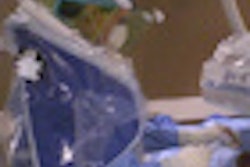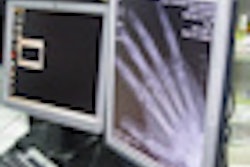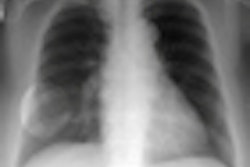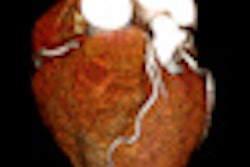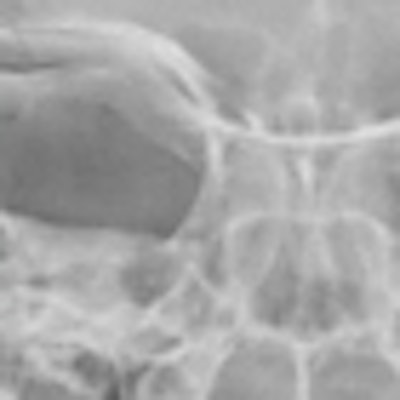
The founder of digital x-ray pioneer Swissray International is incubating a new start-up company to commercialize a software algorithm called RAYduce, designed to reduce noise and radiation dose in digital radiography (DR).
Ruedi Laupper started Swissray nearly 25 years ago as one of the first developers of digital x-ray technology. He left the firm in 2006 to launch Globe Medical Technology International (GMTi), a Swiss firm developing a new line of image processing algorithms.
GMTi's technology is based on a reconstruction algorithm for nuclear medicine studies that has been marketed by OEMs for the past 10 years, and the company has identified DR as a promising area for expansion. GMTi was launched as a joint-venture spin-off to develop and commercialize RAYduce. Laupper owns 50% of the company, with German engineering firm SCIVIS owning the other half.
The RAYduce technology runs on a standard DR workstation, with no additional computer hardware required, according to Laupper.
"There is no additional hardware cost and no slowdown in workflow by having to use a separate workstation," Laupper said in an interview with AuntMinnie.com.
In addition to better image quality, RAYduce also enables radiologists to operate DR equipment with up to 60% less dose, Laupper said. While recent concerns over radiation dose have focused more on CT than radiography due to that modality's higher radiation burden, any reduction in dose is a good thing.
"The goal is always to reduce dose to as little dose as possible and still get diagnostic imaging," Laupper said. "The problem in the past was that by reducing dose you increased noise, and by increasing noise the images were not diagnostic anymore. With this method, you can reduce the radiation dose 50% to 70% without an increase in noise."
RAYduce's technology attacks two types of noise in DR images: Poisson noise and Gaussian noise, which are inherent in all medical images. The algorithm processes raw DR data using compressive sensing theory and iterative reconstruction, producing images that are of higher image quality than those processed with existing DR algorithms, the company claims.
 |
| Images depict zoom of skull phantom with 100% radiation dose (80 kV, 16 mAs) without RAYduce processing (left) and same phantom with 50% radiation dose (80 kV, 8 mAs) after RAYduce reconstruction. Images courtesy of RAYduce. |
A patent issued by the World Intellectual Property Organization in August 2011 for the technology (No. WO 2011/091815 A1) describes it as a method for reconstructing tomographic images using nonanalytical image reconstruction with a minimizing algorithm. The nonanalytical approach is more commonly used with emission tomographic data, such as PET and SPECT studies, and is superior to filtered back projection methods because it can cope with input data suffering from noise, the patent states.
However, nonanalytical approaches require long measurement times -- and, thus, higher patient dose. The RAYduce algorithm improves upon this by reconstructing images using compressive sensing, an approach for reconstructing data from less data-rich signals using a smaller number of data measurements. The technology overcomes previous difficulties encountered with conventional reconstructions, particularly with noisy data, the number of measurements required to produce a usable image, and artifact generation, the patent states.
The technology only works on flat-panel digital detectors based on amorphous silicon or amorphous selenium; it does not work on DR units based on charge-coupled device (CCD) detectors, which Swissray originally pioneered until it shifted to flat-panel digital technology. A version could also be developed for full-field digital mammography.
Having received patents this year for the algorithm, GMTi has begun to commercialize the technology by contacting the major players in digital radiography to license the algorithm for use in DR workstations. The firm began shipping the algorithm to OEMs in July.
In the future, a version of the RAYduce algorithm could also be developed for CT scanning. Laupper believes the technology's impact on CT could be even more dramatic, with up to a 95% dose reduction in CT.
"We think that now is the time [for this product], with all the concern and sensitivity about radiation dose," Laupper said.




